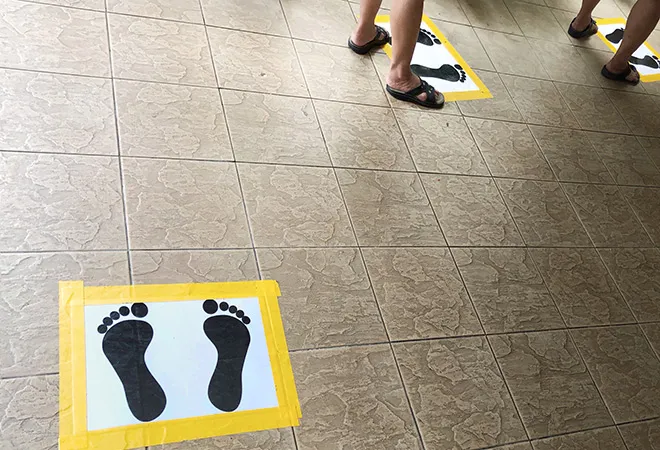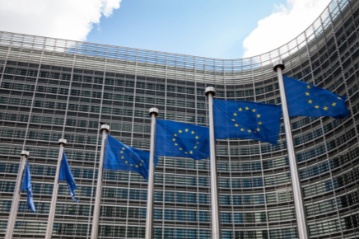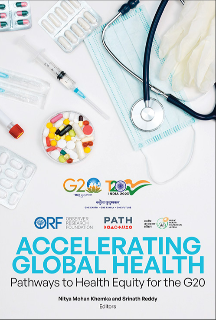
On 22 May 2020, Singapore’s total number of COVID-19 cases hit 30,000. Like any other day, the Telegram account of the Government of Singapore sent information on the total number of new cases, broken down by their visa status But anyone who has been following Singapore’s situation, knew, that all is not well.
From 23 January 2020 — when Singapore recorded its first case — to 23 March 2020, the country had about 500 cases. However, in the next two months, this figure climbed rapidly to more than 31,000 cases. Once seen at par with Hong Kong, Taiwan and South Korea in terms of managing the epidemic effectively, Singapore is now struggling to keep the numbers low. Since the last update, when Singapore’s migrant worker crisis had just started to unfold, the situation has only become worse.

Yet, the government is confident that things are under control and has decided to end the circuit breaker in a phased manner starting from June 1st. A structured look into the policies of the government over the past few months reveals why this might be the case. The table below lists the major policy decision of the government in response to COVID-19 over the past few months, classified using the NATO (nodality, authority, treasury and organization) framework.
Table 1: Singapore’s Major COVID-19 Policies classified using the NATO framework
| Nodality |
Authority |
|
- Daily press release by (Ministry of Health) MOH with consistency in data reporting to ensure comparison
- Rigrous contact tracing of each and every case
- Use of ‘Protection from Online Falsehoods and Manipulation Act’ (POFMA) to control fake news |
- No medical subsidy for Singaporeans who disregard prevailing travel advisory
- Changes in the Infectious Disease Act to fine up to S$10,000 and imprisonment up to 6 months or both, for those who breach Stay Home Notices (SHNs) or Medical Certificate (MC) leaves.
- Government agencies stepped up enforcement efforts using a combination of mobile applications, phone surveillance and house visits. The number of officers conducting such checks increased substantially
- Law to ensure property owners pass tax rebates to tenants
-Compulsory use of SafeEntry app for all businesses reopened |
| Treasury |
Organization |
|
- A total of approximately S$60 billion announced to support households and businesses.
- Wage support scheme for businesses and cash payouts to self-employed, with special attention to aviation, tourism, accommodation and food services sector.
- Property tax rebates for commercial properties and rental waivers for tenants on government-owned properties
- Income tax deferment for companies and self-employed
- Workfare payments to eligible Singaporean workers
- Cash grants, grocery vouchers, GST refunds and other rebates to households |
- Coordination across government agencies to ensure consistency in information and transparency in communication
- Re-activation of subsidized Public Health Preparedness Clinics (PHPCs) for early detection of disease
- SG healthcare corps launched to include health and non-health professionals (e.g. Singapore airlines cabin crew), to support the fight against COVID-19 by deploying them in hospitals
- New capacity in isolation wards and intensive care units created by repurposing existing beds and hospital facilities, and acquiring additional medical equipment such as ventilators.
- Comprehensive medical strategy including the establishment of Community Care Facilities and Community Recovery Facilities, health workforce augmentation from the private sector and use of technology (e.g. teleconsultations) |
Source: Author’s Compilation
Three things stand out from the above table. Firstly, the government effectively used the time of the circuit breaker to augment the capacity of the health workforce, enforcement staff and health facilities. This would not have been possible without the policy levers of the government which allows it to steer the sector in the needed direction. Singapore’s health sector is dominated by the government in both the secondary and tertiary level , and its private sector is strictly regulated. For instance, even in normal times, privately-owned hospitals (<20 % of all) are required to publish the average cost of their services, thus improving consumer knowledge and fostering competition.
Secondly, when the government announced the circuit breaker, it anticipated the nature and severity of hardship that the public would face. Accordingly a range of economics support was provided to both households and businesses through its Unity, Solidarity and Resilience budgets. This along with a clear timeline for reopening the economy provided people with the needed assurance to work with the government.
Finally, and most importantly, the four types of policy tools chosen, work in synergy to make the overall policy effective. For instance, without providing income and wage support, households and businesses will find it hard to comply with the extra burden that has been imposed on them because of the circuit breaker. Ensuring social distancing and personal hygiene requires significant extra effort for both businesses and households. Hence, the government has done a lot of leg work — from providing masks to guiding businesses on cleaning and sanitizing workplaces. Similarly, using its recently passed law to tackle fake news, the government has ensured that its public communication campaign remains effective.
Singapore’s COVID-19 policies are not without any shortcoming. Its failure to anticipate the spread of the disease amongst the ‘migrant workers’ was a disaster. Living in cramped dormitories at the outskirts of the city, these ‘migrant workers’ were invisible to Singapore until now. With the spread of virus amongst them, they have become a topic of heated debate in the parliament given the public outrage. Controlling the spread of the virus in about 200,000 workers living in 43 dormitories spread across the city will be anything but an easy task.
Similarly, its relief measures are temporary and not part of any extensive welfare system. The government has had to announce multiple supplementary budgets to provide cushion for the hardships imposed by the pandemic. Unlike South Korea, the Singaporean welfare state is lean and puts individuals and their families as the first line of defence in any crisis.
Yet, the country has managed to avoid panic and keep things running smoothly by using its high administrative capacity, anticipating ground level difficulties and designing forward-looking policies to tackle them.
Singapore avoided knee-jerk policy decisions, but it will take some time before it can re-join the likes of Hong Kong, Taiwan and South Korea. One thing is clear, its leaders have learned from their mistakes and are making effort to bring normalcy back to the country. All is not well but, there is hope.
The views expressed above belong to the author(s). ORF research and analyses now available on Telegram! Click here to access our curated content — blogs, longforms and interviews.





 PREV
PREV


